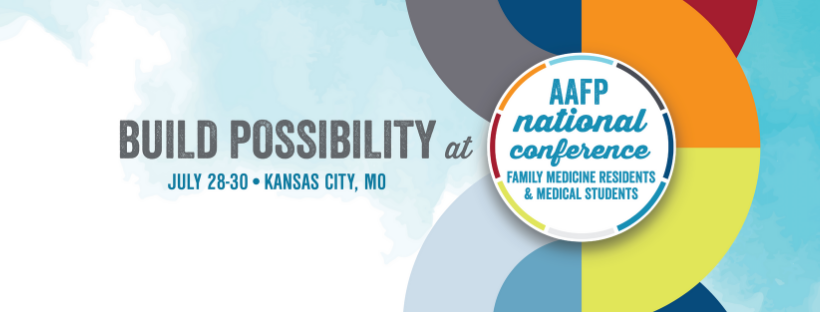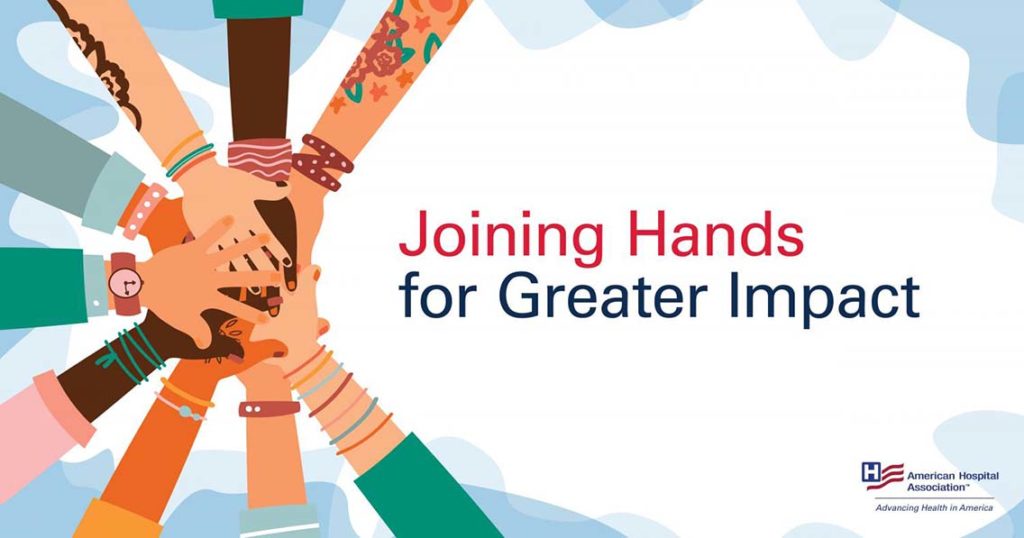July 28, 2022 – July 30, 2022

What is National Conference?
Simply put, the National Conference for Family Medicine Residents and Medical Students, from the American Academy of Family Physicians (AAFP), is the prime destination for family medicine residents and medical students who want to explore all the specialty has to offer.
The AAFP has hosted students and residents at National Conference for 47 years. We’re proud of National Conference because no other event exists that gives you the chance to interact with more than 3,000 peers, hundreds of residency programs, and leaders in the specialty—all in one convenient location. Learn more here







